Brave Hearts
Indian Women of the Plains
Joseph Agonito
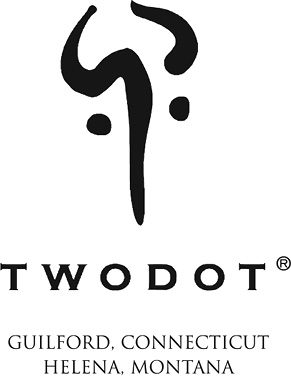

An imprint and registered trademark of Rowman & Littlefield
Distributed by NATIONAL BOOK NETWORK
Copyright 2017 by Joseph Agonito
All rights reserved . No part of this book may be reproduced in any form or by any electronic or mechanical means, including information storage and retrieval systems, without written permission from the publisher, except by a reviewer who may quote passages in a review.
British Library Cataloguing-in-Publication Information available
Library of Congress Cataloging-in-Publication Data available
ISBN 978-1-4930-1905-2 (cloth)
ISBN 978-1-4930-1906-9 (e-book)
 The paper used in this publication meets the minimum requirements of American National Standard for Information SciencesPermanence of Paper for Printed Library Materials, ANSI/NISO Z39.48-1992.
The paper used in this publication meets the minimum requirements of American National Standard for Information SciencesPermanence of Paper for Printed Library Materials, ANSI/NISO Z39.48-1992.
Contents
Preface
Some years ago I published Lakota Portraits: Lives of the Legendary Plains People , a series of biographical sketches that illuminated the course of Lakota history from their earliest times to the present. In researching Lakota Portraits it became clear that given the nature of the historical literature, the book would center largely, though not exclusively, on the accomplishment of menas hunters, warriors, civil chiefs, and spiritual leaders. I did include some women in Lakota Portraits , but I always wanted to do more in telling the fascinating life stories of Plains Indian women from the many tribesnomadic and horticulturalthat lived on the Great Plains. Brave Hearts: Indian Women of the Plains is that book.
There are, of course, fine studies of Plains Indian women. Marla N. Powerss Oglala Women: Myth, Ritual, and Reality and Virginia Bergman Peterss Women of the Earth Lodges: Tribal Life on the Plains come to mindbut these excellent books are more analytical or descriptive than biographical in nature. Nancy M. Petersons Walking in Two Worlds: Mixed-Blood Indian Women Seeking Their Path employs the biographical approach in telling the story of a special group of biracial Indian women, including some from the Great Plains. But there is no single study that portrays through a series of biographical portraits the rich diversity of Plains Indian women from the major nomadic and horticulture tribes in the nineteenth and twentieth centuries, which is the central focus of Brave Hearts: Indian Women of the Plains .
My decision to tell the story of Plains Indian women through a biographical approach influenced the methodology I had to follow. The first question was simply who to include? The study, out of necessity, had to be selective. It could not include all Plains Indian women for whom there existed some sort of documentary record. There would have to be a sufficient body of material that permitted the telling of a womans life storythough with Plains Indian women there was often less documentation than with famous men, so it became necessary to mine every conceivable source of information, which is noted in the text and bibliography.
Above all, I wanted the book to represent the rich diversity of Plains Indian women, who lived extraordinary lives: hunters and warriors, women who led traditional lives within their nomadic or horticulture tribes, women who transitioned between the old days and the world of the reservation, women who were biracial struggling to live in two worlds, educated women who challenged white dominance over their culture and land, and modern reservation women who fought to retain their tribal identity while adapting to an intrusive white world. I decided to break ground by including two remarkable persons who would not ordinarily be included in a book on Plains Indian women: Cynthia Ann Parker, who had been captured as a young girl and after many years of living with the Comanches considered herself a member of the tribe; and Osh Tisch, a Crow bate, who having been born a male decided at a very young age to live her life fully as a woman.
I have written Brave Hearts: Indian Women of the Plains for a general audience, but the work is grounded in the best historical literature. I have cited my major sources in the text and in the detailed bibliographies that buttress each chapter. Accordingly, there are few footnotes. Sometimes the footnotes document a point in the text, sometimes they reference a special source that proved indispensable for understanding the character, and sometimes they seek to reconcile differing accounts in the oral tradition.
Although the work of a researcher/writer is sometimes a lonely endeavor, I have been surrounded these past few years with rich companions: the fascinating women who grace these pages. I am grateful to the women who shared their life stories with Euro-AmericansKate Bighead, Iron Teeth, Pretty Shield, Buffalo Bird Woman, and Sanapiaand I am likewise grateful to these same Euro-American men, such as Dr. Thomas B. Marquis, Frank Linderman, Gilbert Wilson, and David E. Jones, who realized the importance of collecting these stories for the historical record. I am grateful to those womenSusette La Flesche, Josephine Waggoner, Zitkala-Sa, and Mary Brave Birdwho studied, sometimes painfully, in American schools and acquired a command of the English language, which they then used to tell their own life stories and those of their people from an Indian perspective. The legion of Native and Euro-American historians who have researched and written about Plains Indian women are too numerous to mention here, though they are all listed in the text and bibliography.
Although I conducted most of the research and writing for Brave Hearts: Indian Women of the Plains in upstate New Yorkfar from the WestI have traveled across the Great Plains a number of times. I was always struck by the beauty and grandeur of the landscape and can appreciate why the loss of their ancestral lands and way of life pained many of the women in this study.
I have visited over time many places that were special to some of the women in this book: the Knife River villages of the Mandan and Hidatsa, so important to the early life of Buffalo Bird Woman; the Little Bighorn Battle site, where Buffalo Calf Road fought Custer, an incident reported by Kate Bighead in her memoir; Fort Robinson, where Iron Teeth suffered imprisonment and the loss of her beloved son; the Wounded Knee cemetery at Pine Ridge, where Lost Bird began her tragic life and which is now her final resting place, and where, many years later during the takeover of Wounded Knee in 1973, Mary Brave Bird gave birth to her son. I hope that the grandeur of the Great Plains and the special nature of these historic sites inform this narrative.
Chapter 1
Woman Chief: Leader of Her People
The young girl who would one day become a skilled hunter, a fierce warrior, and a prominent chief of a Crow band was born a member of the Gros Ventre of the Prairie. Though she was captured by the Crows in 1816 when she just ten years old, there is no record of her birth name among the Gros Ventre or her childhood name among the Crows.
Like so many female captives, she was adopted by a Crow family, but the young girl made no effort to assist the women of the lodge in domestic pursuits. She preferred to shoot at birds while practicing her skill with the bow and arrow, to learn to ride the familys horses, and to guard those horses. In time she learned to handle a gun. Tall and strong, she rivaled most young men in riding horses and killing game. Mounted on her buffalo pony, she could kill four or five buffalo in the chase and without assistance cut up the meat, which she then loaded on her packhorses. Even on foot she killed deer and bighorn sheep, which she butchered and carried home on her back. Her adoptive father encouraged her in these pursuits.
Next page
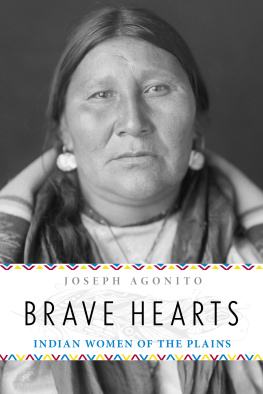
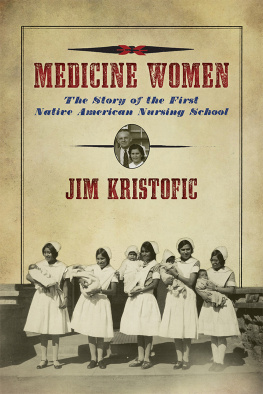


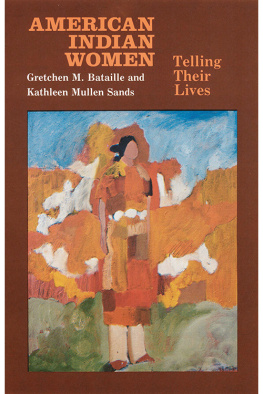
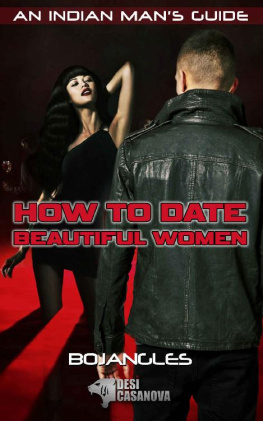
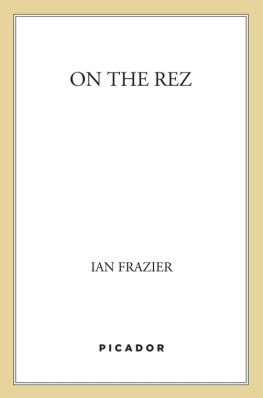
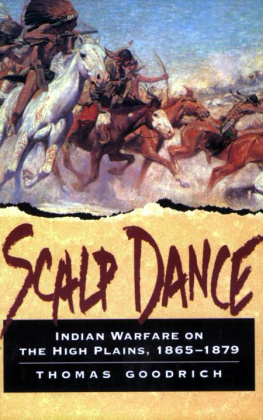
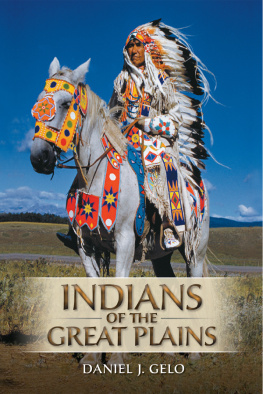



 The paper used in this publication meets the minimum requirements of American National Standard for Information SciencesPermanence of Paper for Printed Library Materials, ANSI/NISO Z39.48-1992.
The paper used in this publication meets the minimum requirements of American National Standard for Information SciencesPermanence of Paper for Printed Library Materials, ANSI/NISO Z39.48-1992.